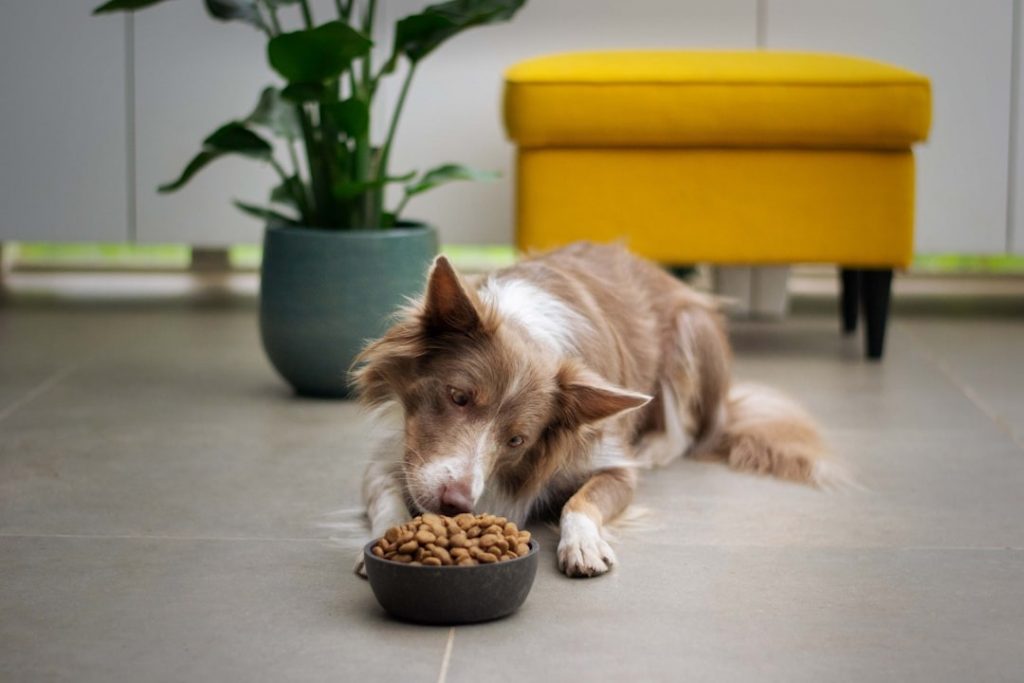Physical Address
304 North Cardinal St.
Dorchester Center, MA 02124
Physical Address
304 North Cardinal St.
Dorchester Center, MA 02124

More dog owners than ever are wondering what goes into their dog’s dish. Given the abundance of vivid, home-cooked dog meals on social media, one naturally wonders if homemade dog food is actually superior to commercially produced diets.
Homemade meals provide complete control over components, freshness, and quality, but they come with hazards as well. If not carefully devised, a recipe meant well can lead to major nutritional deficits or imbalances.Commercial diets provide convenience and scientifically prepared nutrition; however, not all companies are the same.
This guide dissects both sides so you may make wise, evidence-based judgments for the long-term health of your fluffy friend.
Dogs need a balance of proteins, fats, carbohydrates, vitamins, and minerals to thrive. According to the Association of American Feed Control Officials (AAFCO), the key nutrients include:
Homemade food can be packed with love—but without professional formulation, it can lack essential micronutrients like calcium, iodine, or zinc. Over time, imbalances can cause brittle bones, organ damage, or developmental issues. The goal is not just fresh food, but complete and balanced nutrition.
Homemade dog food refers to meals made from raw or cooked human-grade ingredients—meats, grains, vegetables, and supplements prepared specifically for dogs.
You decide every ingredient—perfect for dogs with allergies or sensitivities. No hidden fillers or artificial preservatives.
Many commercial kibbles include corn, soy, and by-products. Homemade meals eliminate these, offering cleaner nutrition.
Dogs with kidney disease, allergies, or pancreatitis often need specialized diets. A veterinary nutritionist can help customize recipes accordingly.
Homemade meals smell and taste better, encouraging picky eaters or older dogs to eat consistently.
Preparing your dog’s meals builds emotional connection—just as cooking for family members does.
Research from UC Davis found that over 90% of online homemade dog food recipes are nutritionally incomplete. Missing micronutrients like calcium or vitamin D can lead to severe health issues over time.
Improper handling of raw meat or cross-contamination with human food can cause Salmonella or E. coli infections in both pets and humans.
Many recipes circulating online or on social media are not developed by veterinary nutritionists—and may do more harm than good.
Homemade meals require planning, batch cooking, safe storage, and balancing. Ingredients and supplements can be expensive.
Every homemade recipe should be reviewed by a board-certified veterinary nutritionist to ensure balance and safety.

Top-tier companies use veterinary nutritionists and follow AAFCO or FEDIAF guidelines, ensuring that every serving meets established nutrient profiles.
Commercial foods must meet strict labeling and safety standards. Balanced formulations undergo feeding trials before reaching shelves.
Budget brands may use lower-grade ingredients, while premium or prescription brands prioritize digestibility and nutritional balance. Reading labels carefully is essential.
| Feature | Homemade Diets | Commercial Diets |
| Control Over Ingredients | Full control | Limited transparency |
| Nutritional Balance | Risky without expert input | Regulated and balanced |
| Convenience | Time-consuming | Highly convenient |
| Food Safety | Higher contamination risk | Professionally monitored |
| Customization | 100% customizable | Limited to brand options |
| Cost | Variable, often higher | Ranges from low to premium |
| Shelf Life | Short | Long and stable |
Homemade diets can be healthier if properly formulated—but commercial diets are safer for the average pet parent without professional nutritional guidance.
When Homemade Food Can Be Healthier
If your dog reacts poorly to kibble, a custom-formulated homemade plan can help identify and eliminate triggers.
Homemade food formulated by experts—such as those at Tufts or UC Davis—can achieve perfect nutritional balance.
Calcium carbonate, fish oil, multivitamins, and trace minerals are often added to ensure complete nutrition.
Commercial diets ensure balanced nutrition without the daily effort of home preparation.
Dogs with kidney, liver, or gastrointestinal diseases benefit from clinically tested veterinary diets.
Top commercial brands conduct long-term feeding trials and publish nutritional research.
Many owners successfully feed a mix—commercial kibble in the morning, homemade dinner at night.
Switch slowly over 7–10 days to prevent digestive upset.
Apps like BalanceIT or PetDiets (created by veterinary nutritionists) can help create balanced recipes.
1. Is homemade dog food always better?
Not necessarily. It’s healthier only if balanced and guided by a veterinary nutritionist.
2. Can I mix homemade food with kibble?
Yes, but transition gradually and ensure both portions complement nutritional needs.
3. Are raw diets safe?
They can be risky due to pathogens. Cooked homemade diets are safer.
4. What’s the most common deficiency in homemade food?
Calcium, followed by vitamin D and zinc.
5. How do I ensure balance in homemade meals?
Use vet-approved recipes or consult a board-certified veterinary nutritionist.
6. Can I feed homemade food long-term?
Yes—if it’s properly balanced and supplemented. Regular bloodwork helps ensure health stability.
So, is homemade dog food healthier than commercial diets?
✅ It can be if done correctly. Homemade diets allow unmatched freshness and customization but must be nutritionally complete. Without expert formulation, they can do more harm than good.
✅ Commercial diets, especially premium or prescription options, offer convenience, safety, and proven balance.
Ultimately, the best diet is one that meets your dog’s nutritional needs, fits your lifestyle, and keeps your companion healthy, happy, and energetic.
For the best of both worlds, consult your vet about a hybrid feeding plan fresh, balanced, and backed by science.